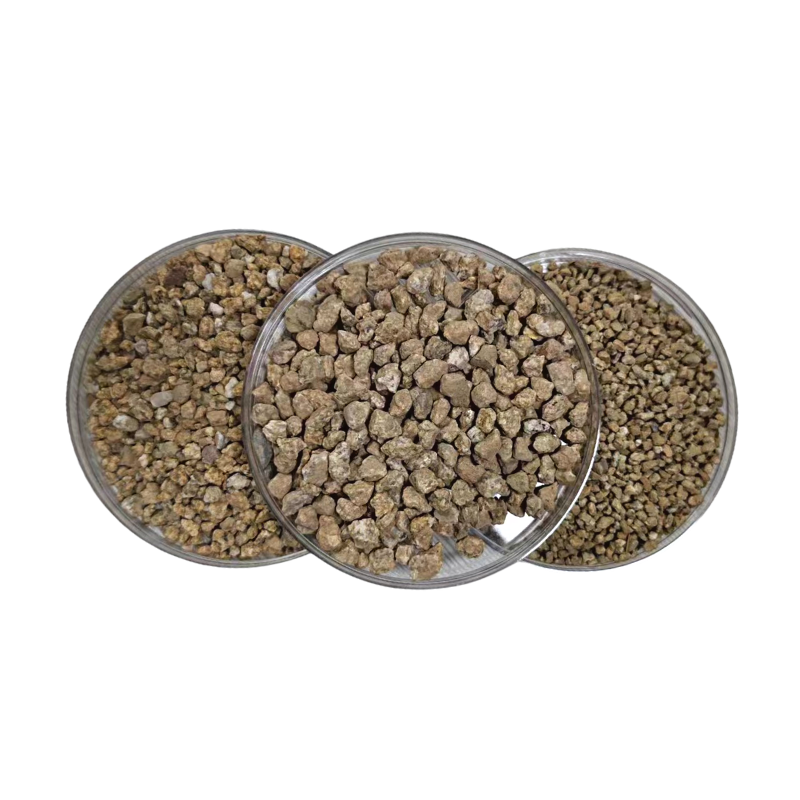
Current Trends in Calcined Kaolin Pricing and Market Analysis
Understanding the Price Trends of Calcined Kaolin
Calcined kaolin, a refined form of kaolin clay, has gained significant attention in various industries due to its unique properties. It is highly valued for its whiteness, purity, and ability to enhance the performance of products across a spectrum of applications, including ceramics, paints, plastics, rubber, and even pharmaceuticals. Understanding the price dynamics of calcined kaolin is essential for manufacturers, suppliers, and consumers who rely on this essential material.
Factors Influencing Calcined Kaolin Prices
The price of calcined kaolin is influenced by several key factors
1. Raw Material Costs The primary ingredient in calcined kaolin production is kaolin clay, which is mined from the earth. Fluctuations in the cost of mining operations, changes in regulation, and environmental considerations can all impact the price. Additionally, transportation costs associated with moving raw materials to processing facilities play a role.
2. Production Process Calcined kaolin is produced by heating raw kaolin to high temperatures, which changes its physical and chemical properties. The efficiency of production facilities, technology employed, and energy prices heavily influence production costs. An increase in energy prices can lead to higher production costs, thus affecting the market price of calcined kaolin.
3. Demand and Supply Dynamics The demand for calcined kaolin varies with market trends in the industries it serves. For instance, the building and construction industry’s recovery often drives up demand for paints and coatings, which subsequently increases the demand for calcined kaolin. Conversely, a downturn in any of its primary industry sectors can lead to reduced demand and lower prices.
calcined kaolin price

4. Global Trade Influences The calcined kaolin market is not confined to local economies; it is a global market. Trade policies, tariffs, and international supply chain challenges can lead to price fluctuations. For instance, restrictions in one region can limit supply, causing prices to spike in others.
5. Quality and Grade Variations Different applications require different quality grades of calcined kaolin. Higher-grade calcined kaolin, which offers superior properties, typically commands a higher price. Supply and demand imbalances for specific grades can lead to price variances as well.
Current Trends in calcined Kaolin Prices
As of late 2023, the price of calcined kaolin has shown a mixed trend, influenced by the recovering global economy and increased construction activities post-pandemic. Many manufacturers are dealing with increased costs driven by energy prices and transportation logistics, which are being passed on to consumers.
Furthermore, supply chain disruptions, particularly in regions that have historically supplied calcined kaolin, have created localized shortages and price hikes. In contrast, while some raw material costs remain high, technological advancements in kaolin processing and improved mining operations have helped stabilize prices for some manufacturers.
Conclusion
The calcined kaolin market is subject to a complex interplay of factors that impact pricing. For stakeholders in industries reliant on this versatile material, staying informed about global economic trends, production technologies, and supply chain challenges is critical. Understanding these dynamics not only equips businesses to navigate the market more effectively but also aids in strategic decision-making regarding procurement and product development. As the demand for environmentally-friendly and performance-enhancing materials continues to rise, the calcined kaolin market will likely evolve, making it vital for stakeholders to remain adaptable and informed.
Share
-
Premium Pigment Supplier Custom Solutions & Bulk OrdersNewsMay.30,2025
-
Top China Slag Fly Ash Manufacturer OEM Factory SolutionsNewsMay.30,2025
-
Natural Lava Rock & Pumice for Landscaping Durable Volcanic SolutionsNewsMay.30,2025
-
Custom Micro Silica Fume Powder Manufacturers High-Purity SolutionsNewsMay.29,2025
-
Custom Mica Powder Pigment Manufacturers Vibrant Colors & Bulk OrdersNewsMay.29,2025
-
Custom Micro Silica Fume Powder Manufacturers Premium QualityNewsMay.29,2025






